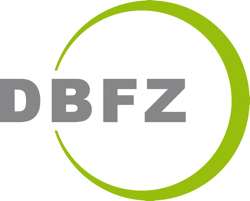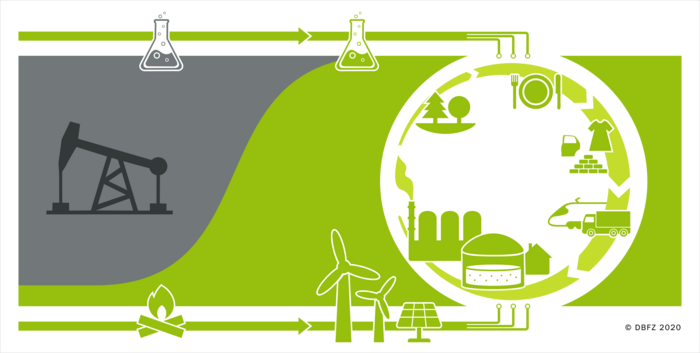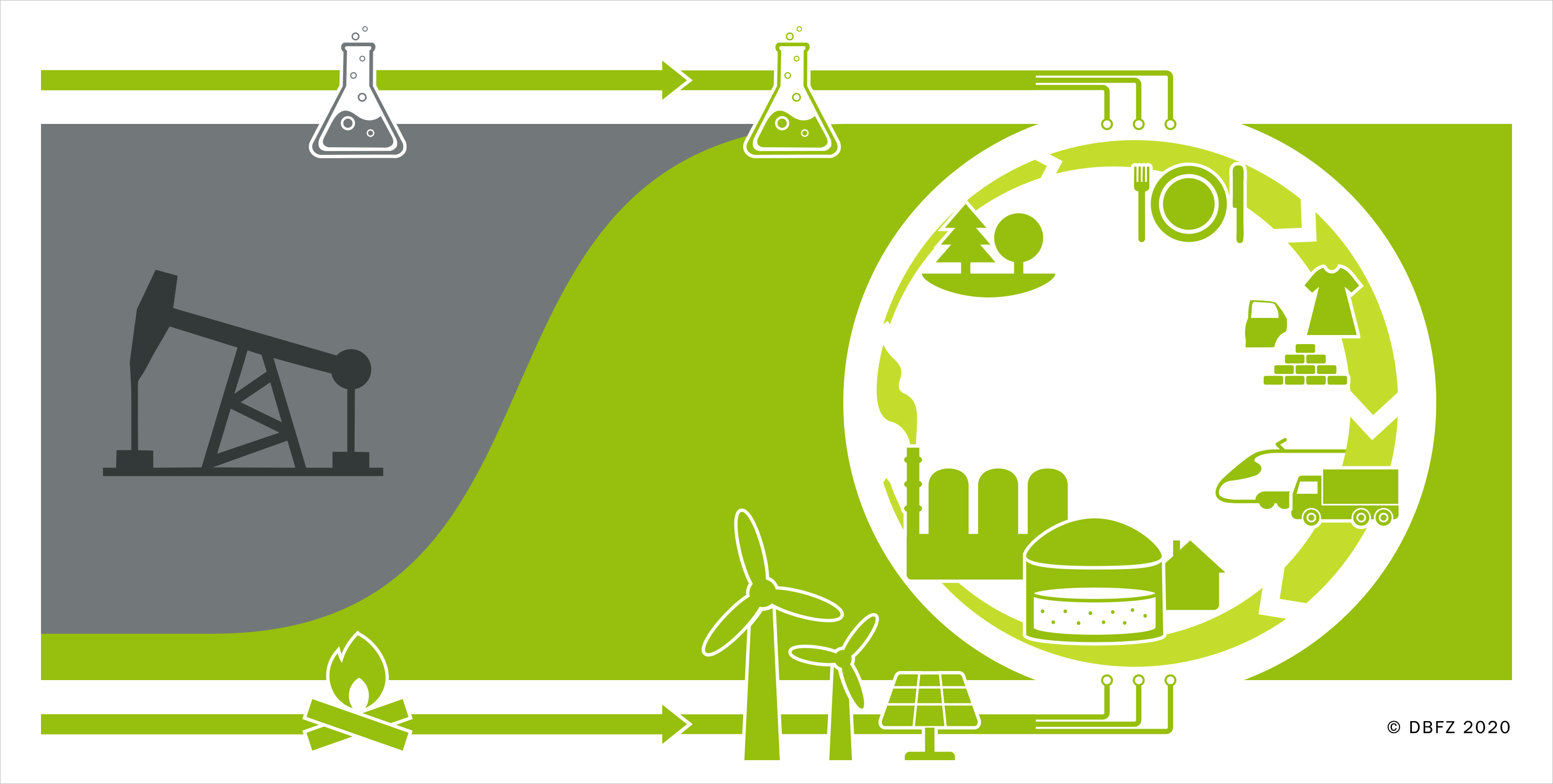The Smart Bioenergy Approach
The future use of biomass has to unify various objectives. These include food security, supply security within the energy mix, innovative products and markets as part of the bioeconomy, climate and environmental protection and, not least, the development of rural areas. This poses major challenges. The fact that the potentials of biomass are limited means there are inevitable conflicts of interest and limits to biomass use.
Raw material strategies should follow the prioritisation of "food first" and concentrate on sustainable and innovative utilisation pathways in key technologies (see Thrän 2015). Technological innovation is, however, insufficient in a complex system. What is required is the innovation of social-level needs which would enable technical ad-vancement and allow the relevant sectors in the system to be cleverly intertwined. This is made clear by the urgent need to increase energy efficiency and reduce energy requirements in order for the energy transition to succeed.
The suggestion of the "Smart Bioenergy" approach (Thrän 2015) takes up these ideas. Smart bioenergy means that modern biomass utilisation systems and integrated sys-tems that optimally interact with various renewable energy sources are developed further. It also means material and energy use are linked within the framework of the bioeconomy. The approach consists of the following components:
- Use of sustainable raw materials
- Further development of smart technologies
- Integration into future bioeconomy concepts
Requirements include a modified consumption pattern, energy savings, and an in-creased need for sustainability with changing target values. Thus the approach (see Fig. 1) is able to make an important contribution to future sustainable energy provision.
A key development goal is to design these technologies and technology concepts in such a way that they can be implemented in smaller units, can be precisely and reliably controlled, and can operate in a flexible way (e.g. quickly turned on and off). It is necessary to be able to use biomass flexibly to produce energy as it has to be integrated into an energy system that is undergoing radical change. The system’s target state is a decentralised system that partly relies on fluctuating environmental factors (weather), which the use of biomass should stabilise and expand.
These circumstances mean that, in addition to the so-called technical development goals, there is a compelling push towards IT-supported (i.e. "smart") integration into the energy system (e.g. a network of information exchange, regulation that uses smart grids, smart metering, and smart home or building management technologies). In the future, the focus has to be directed away from individual plants and onto their systemic integration. This requires viable models and assessment systems. The variety of combinations of different forms of use and storage also have to be more intensively looked at along with conversion technologies (Thrän et al. 2015). Research into a "Smart Bioenergy” approach is, therefore, research with a view to the system.
This system view becomes even more important in the context of the bioeconomy, which requires science to set the foundations for the knowledge-based production and use of biological resources for products, process and services in all economic sectors of a sustainable economic system (BioEconomy Council 2013).
In order to be able to tangibly support the green energy transition with all of its political choices, the "Smart Bioenergy" approach has to be further developed and questions have to be holistically asked about its ability to be implemented as part of the energy transition process. The gradual reduction of the concept supports the energy transition in Germany and further develops the bioenergy supply in energy strategies that have been adapted to their location.
Literature/Sources:
- Bioökonomierat (2013): Bioökonomie-Politikempfehlungen für die 18. Legislaturperiode. Berlin, 28.11.2013. Online verfügbar unter: http://www.biooekonomierat.de/fileadmin/Publikationen/empfehlungen/Politikempfehlungen.pdf
- Thrän, D. (Hrsg.) (2015): Smart Bioenergy. Technologies and concepts for a more flexible bioenergy provision in future energy systems. Heidelberg: Springer.
- Thrän, D.; Dotzauer, M.; Lenz, V.; Liebetrau, J.; Ortwein, A. (2015): Flexible bioenergy supply for balancing fluctuating renewables in the heat and power sector – a review of technologies and concepts. Energy, Sustainability and Society (2015) 5/35. DOI 10.1186/s13705-015-0062-8.


